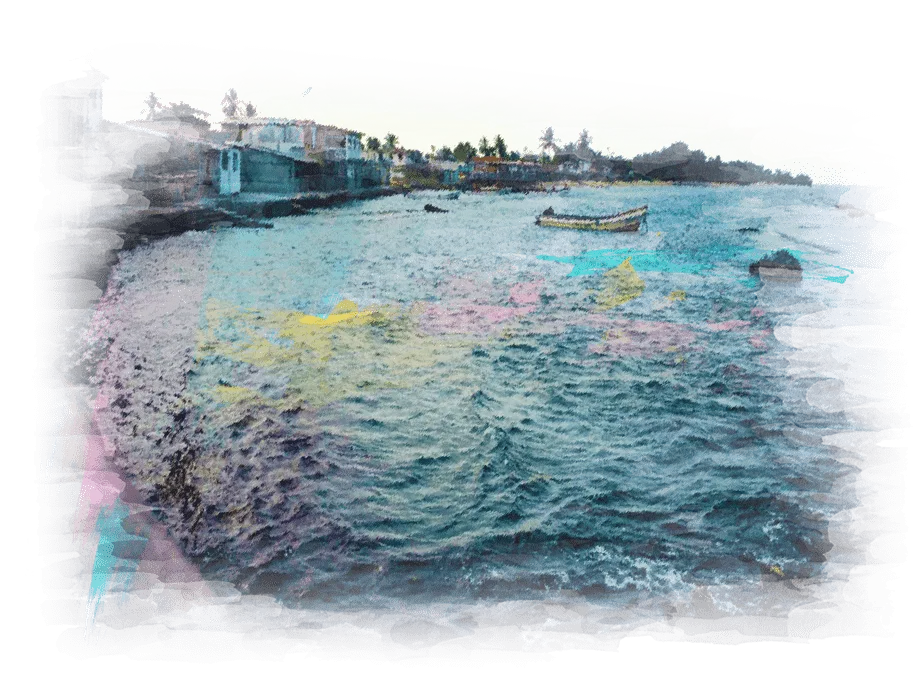
cacao gourmet
patanemo fino
Evaluation 2.7
SWEET FRUITY 1.2
CITRUS FRUITY 2.3
FLORAL 1.3
CREOLE 0.6
COCOA 3.5
WOODSY 1.5
SPICES 1.7
ANNUAL PRODUCTION (TM) 30
MAIN HARVEST DEC-APR
MID HARVEST JUN-JUL
CREOLE BEANS 20%
FERMENTED BEANS 82%
VIOLET BEANS 14%
SLATE BEANS 4%
TOTAL 100%
Beans / 100g: 78
g./1 Bean: 1.28 g
CERTIFIED NO
AWARDS NO
Physical and Organoleptic Characteristics
Positive Flavors
Fresh Flowers
Nut • Brown Sugar Malt
Cocoa
Tree Bark
Cinnamon • Clove
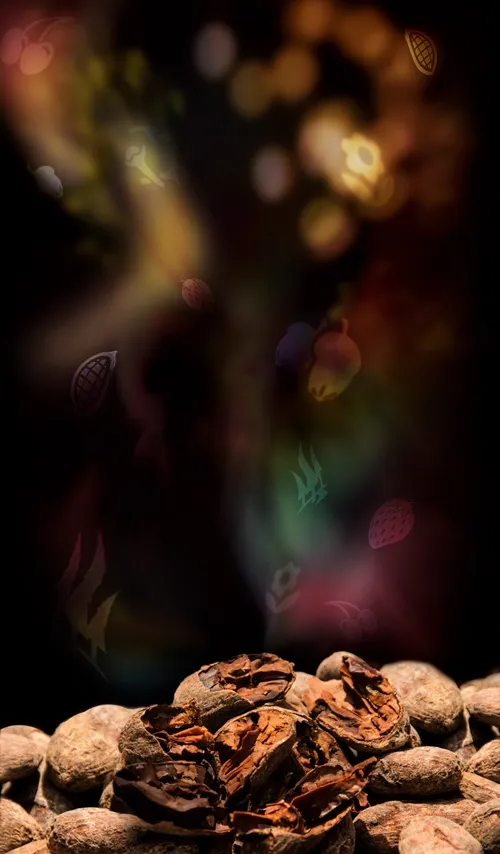
Assessment

S = Flavor:
MEDIUM Flavors of herbs, fruits, nuts, and flowers
A = Aroma:
MEDIUM Moderate notes of spices
F = Fermentation:
MEDIUM Moderate astringency and bitterness

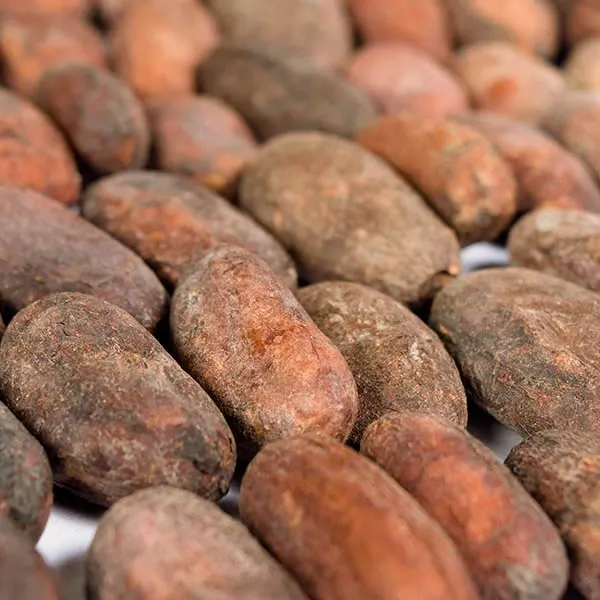
Analysis of Cut
The Patanemo bean has characteristics of high trinitario genetics and medium creole descent with 20% white beans, due to hybridization and quality standards.
Cut test results show: (±20%) white beans, (±82%) fermented beans, (±14%) violet beans, (±4%) slate beans.
Regarding weight, beans typically contain 78 almonds per 100g weight; meaning each almond weighs 1.28g.
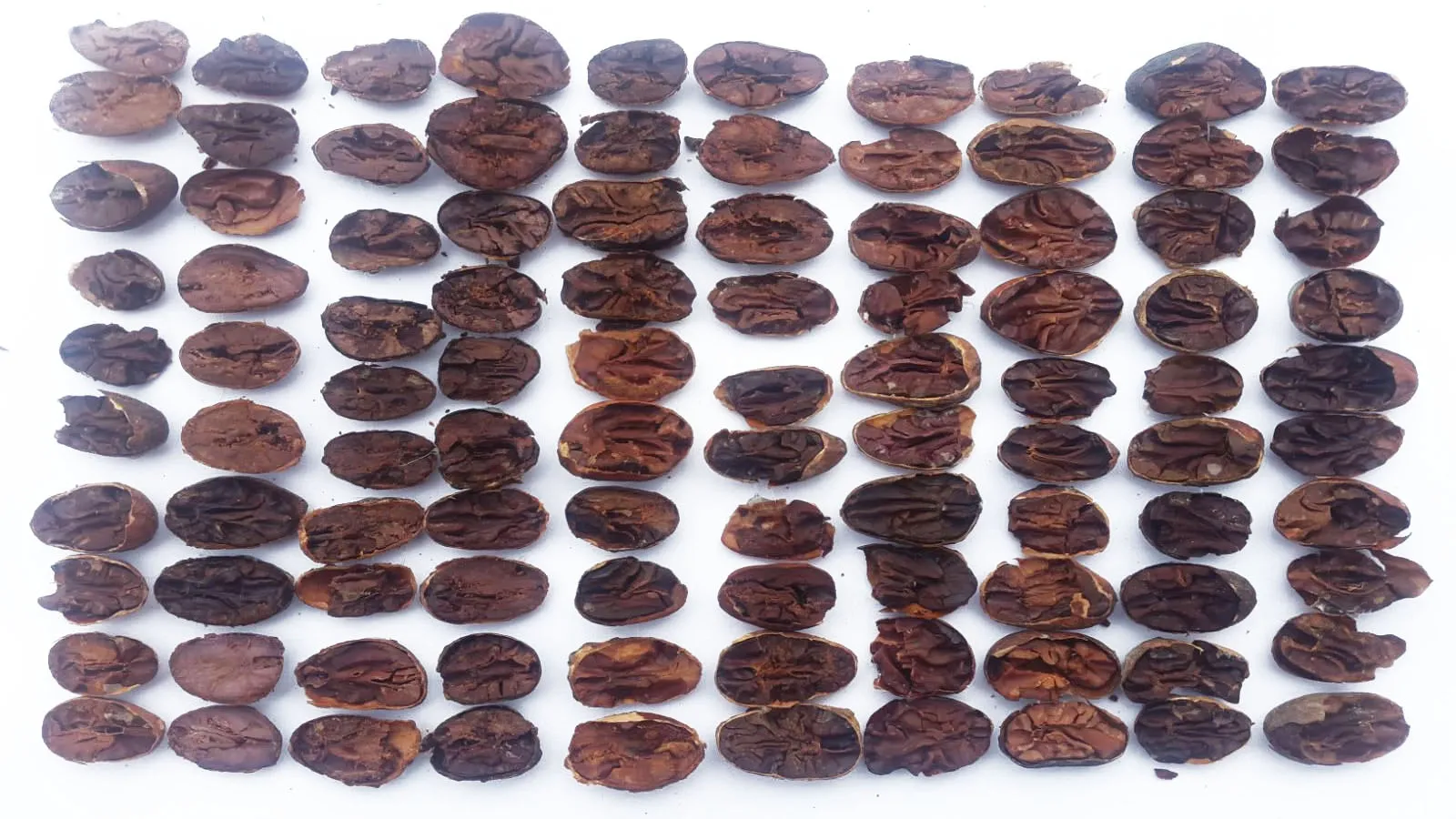
Flavor Map
"Patanemo cocoa presents an intense variety of attributes combining soft notes of flowers, fruits, and nuts with aromas of sweet spices like cinnamon and clove",stated Eng. Ms Gladys Ramos
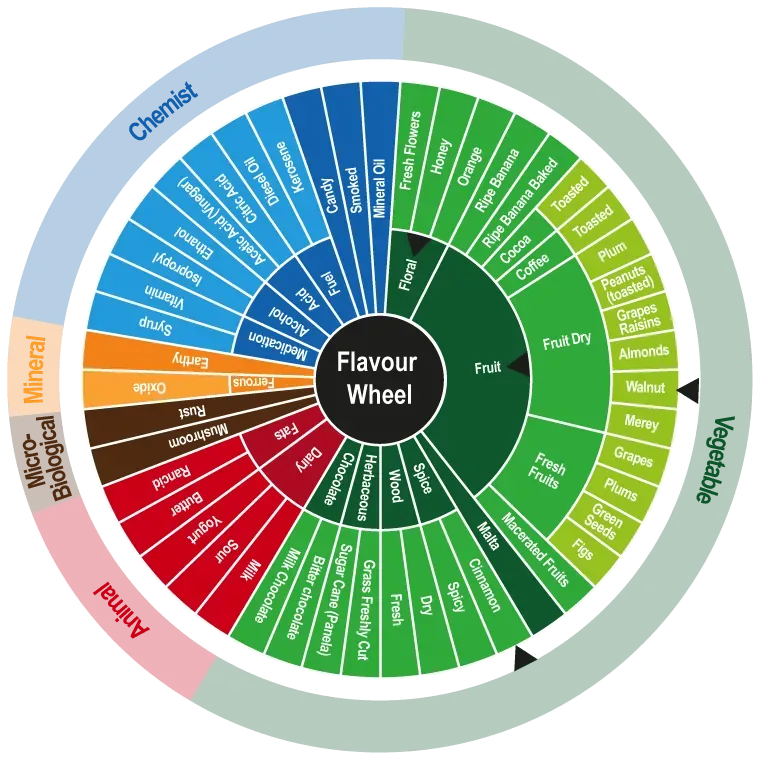
Sensory Map
Intense cinnamon attributes stand out along with aromatic spices and soft herbal, floral, rain, and wet earth notes. The soil and climate conditions, xerophilous vegetation, and bird fauna like flamingos shape the flavor attributes of Patanemo cocoa products.

Post-Harvest Processing
Patanemo beans have high trinitario genetics and measured creole descent, requiring the following fermentation process.
Approximately 200 kg of cocoa are transported via pack donkeys to the corresponding household.
Fermentation Protocol
Cocoa Type

Trinitario
Fermentation Days
4 to 5 days
Cocoa Type
-
Box type: Wooden
-
Turning frequency: every 48 hours
-
Fermentation method: Beans are packed in nylon sacks and covered with large transparent plastics.

Drying Protocol
For drying, beans are transported via pack donkeys to households where they are spread on concrete surfaces under partial sun protection:
Cocoa Type
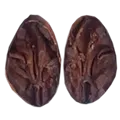
Dry Trinitario
Drying Days
4 to 5 days
Drying Techniques
-
Floor type: concrete/corrugated roof
-
Humidity: 7.5%
-
Drying method: Sun-dried
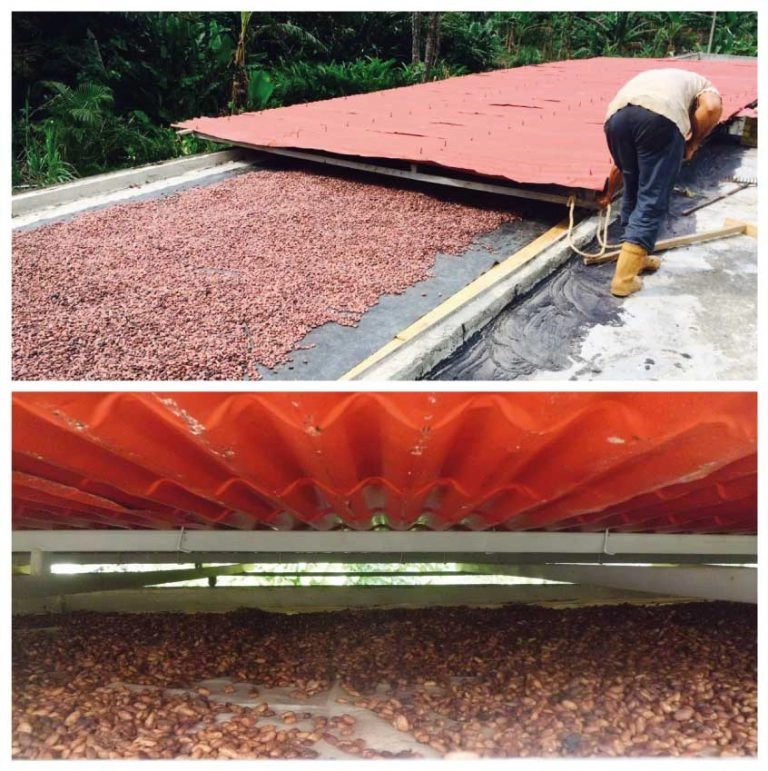
Traceability
certifications and awards
This sector has 25-30 producers, mostly locals and Andean farmers working for 20 years. Whole families participate in harvesting, post-harvest processing, and crafting traditional products.
While agriculture is the main economy, they also engage in fishing, and cultivate/sell yuca, plantain, cattle, banana, orange, and exotic flowers.
Juan Antonio Ávila, 47, is recognized as the largest cocoa producer in the area, working with family and friends to cultivate quality beans.
Mr. Ávila's 16-hectare farm includes 12Ha of cocoa, producing ~1000 kg annually during "Pascuera" (Nov-Dec) and "Sanjuanera" (Jun-Jul) seasons.
The Ávila family starts work at 5 AM with cleaning and follows a strict schedule: Monday harvest and pod-breaking, then sun-drying until Saturday.
"We use seawater from mountain runoff for irrigation through homemade hoses. We dry in shade due to intense sun," explained Mr. Ávila.

Geographical Location and Ecology
Geographical Location
- Country: Venezuela
- State: Carabobo
- Municipality: Puerto Cabello
- Area: 51 km2
- Average Altitude: 19 m.a.s.l.
- GPS Coordinates: 10°27′13″N 67°55′24″W
- Population: 2176
Patanemo Bay belongs to Puerto Cabello Municipality, preceded by Bocaína Lagoon. Its vegetation and fauna welcome visitors to this land of essence and labor, with narrow streets and bahareque houses evoking sacrifice and work.
Ecology
The vegetation system features diverse tropophilous basimontane forests (0-400m) and ombrophilous semi-deciduous forests (400-1200m).
The bay is part of San Esteban Park, containing cloud forests, coasts, islands, xerophilous areas, and savannas. Coastal mangroves transition to southern cardones and thorny shrubs.
Local fauna adapts to vegetation and geography: coastal coral formations host mangroves and coconut palms, while higher altitudes feature flamingos, herons, mountain partridges, white hawks, and colorful parrots.
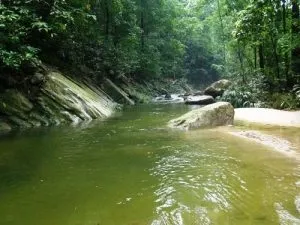

History
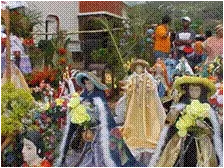

Patanemo remains Venezuela's most remote coastal Carabobo town, forgotten in time but preserving cocoa traditions.
Originally an encomienda site, Governor Pedro Porres de Toledo documented 20 indigenous cocoa growers in 1661. The town was officially established in 1670 with church approval.
In 1773, Bishop Mariano Martí named it San Juan Bautista del Valle de Patanemo, documenting 61 inhabitants in bahareque houses.
Cultural heritage includes the June San Juan Bautista Festival and Dancing Devils of Patanemo, accompanied by vibrant drumming.
Patanemo Bay offers unique landscapes with mountains and beaches under radiant sunshine, maintaining its ancestral legacy.

